The assault on Konigsberg: an “impregnable” fortress was taken in four days
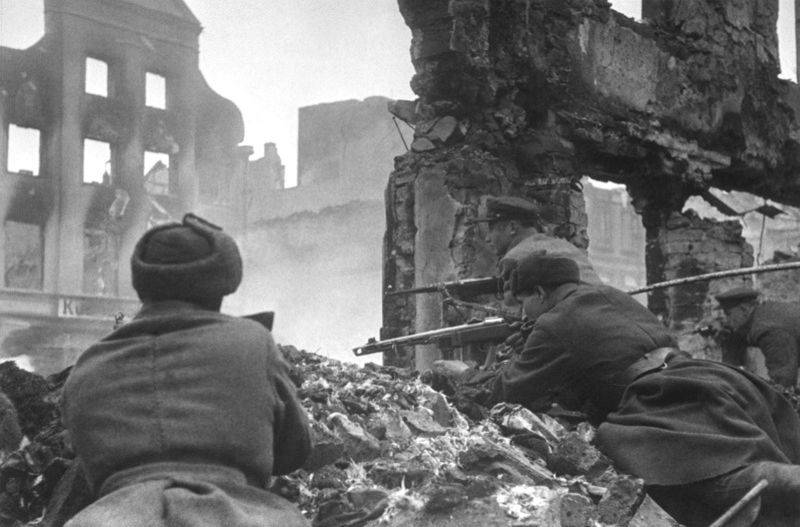
The Agony of the Third Reich. 75 years ago, on April 6, 1945, troops of the 3rd Belorussian Front launched an assault on Koenigsberg. On the fourth day of the operation, the garrison of the most powerful Reich fortress surrendered.
The defeat of the East Prussian Wehrmacht group
On January 13, 1945, the Red Army (troops of the 2nd and 3rd Belorussian fronts, part of the 1st Baltic Front) launched the East Prussian strategic operation with the aim of defeating and liquidating the East Prussian Wehrmacht group (Army Group Center, p. 26 January - Army Group “North”), occupation of East Prussia, the most important military-economic region of the Third Reich. The German high command demanded to keep East Prussia at all costs.
The armies of the 2nd Belorussian Front under the command of K.K. Rokossovsky broke through the enemy’s powerful defenses, blocked the Mlava fortified area, and took the city of Mlava on January 19. On the southern flank, Soviet troops took Modlin Fortress. Soviet strike groups made their way to the sea, creating a threat to the environment of the 4th German army. German troops began to retreat to the fortified line along the Masurian Lakes. As a result, the troops of the 3rd Belorussian Front under the command of I. D. Chernyakhovsky (after his death on February 18, 1945, the front was headed by A.M. Vasilevsky) and the 43rd Army of the 1st Baltic Front defeated the Nazis in the Tilsit-Insterburg direction . Our troops took powerful German resistance nodes: Tilsit (January 19), Gumbinnen (January 21) and Insterburg (January 22). January 29, Chernyakhovsky troops went to the coast of the Baltic Sea, bypassed Koenigsberg from the north.
On January 26, 1945, Rokossovsky’s troops broke through to the Baltic north of Elbing, cutting off the East Prussian force from the rest of the Wehrmacht. The Germans organized strong counterattacks from East Prussia and East Pomerania in order to restore the land corridor along the coast. Troops of the 2nd BF: 48th and 5th Guards tank the army, the 8th Guards Tank, the 8th Mechanized and the 3rd Guards Cavalry Corps, repelled the enemy’s attacks by February 8. The East Prussian group was cut off. After this, the Rokossovsky front began an operation in Eastern Pomerania, and the 3rd BF and 1st PF were to complete the defeat of the enemy in the Königsberg area. To accelerate the defeat of the enemy group and strengthen the 3rd BF, the 2th, 50rd, 3th and 48th Guards Tank Armies were transferred to it from the 5nd BF. Chernyakhovsky’s armies were to destroy the Heilsberg group of the enemy.
Also, the 1st Baltic Front under the command of I. Kh. Baghramyan was to take part in the defeat of the German group. The Soviet high command regrouped forces. The 1st PF from the 3rd Belorussian Front included the 43rd, 39th and 11th Guards Army, 1st Tank Corps. And the units of the 1st PF, which fought in Courland, except for the 3rd Air Army, were transferred to the 2nd Baltic Front. Baghramyan’s troops were given the task of destroying the Germans’s Zemland and then Konigsberg group at the first stage of the offensive. On February 24, 1945, the 1st PF was abolished, and its troops, reorganized into the Zemland group of forces, were quickly subordinated to the 3rd BF.
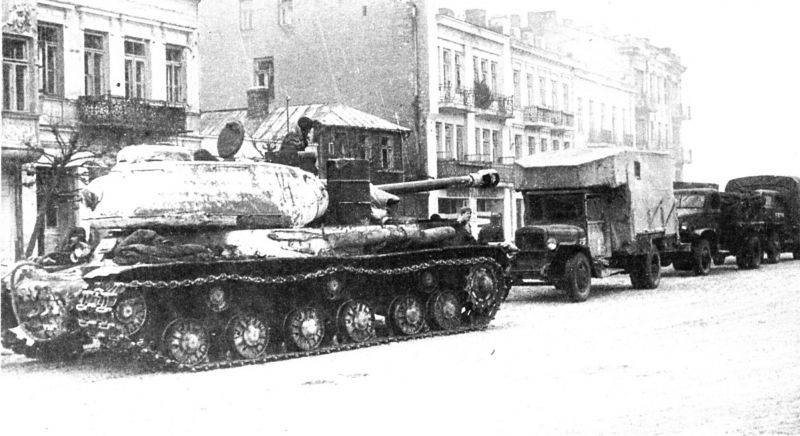
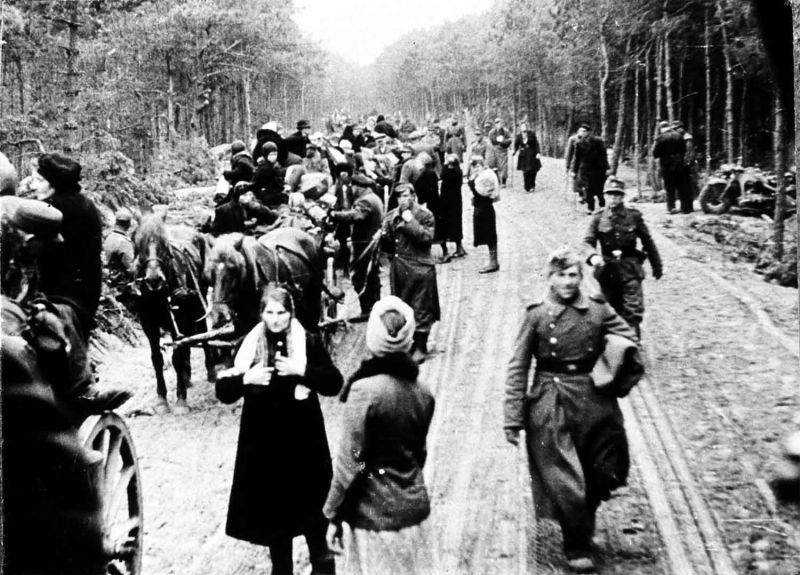
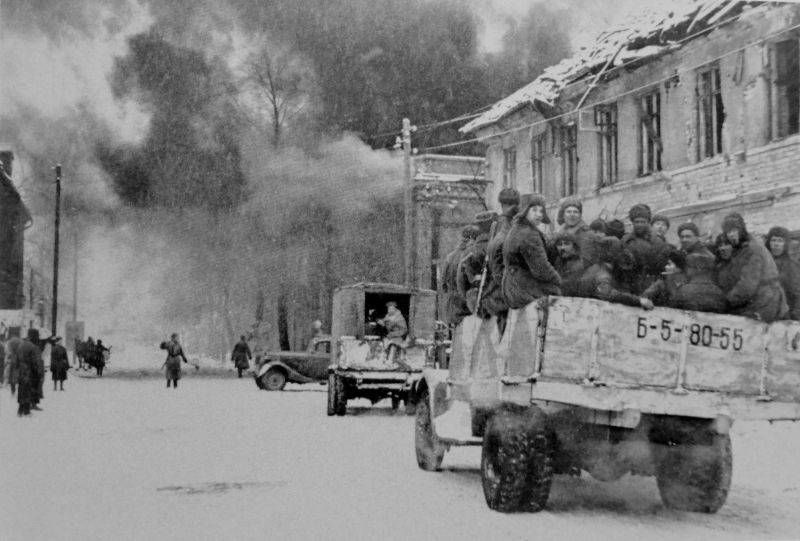
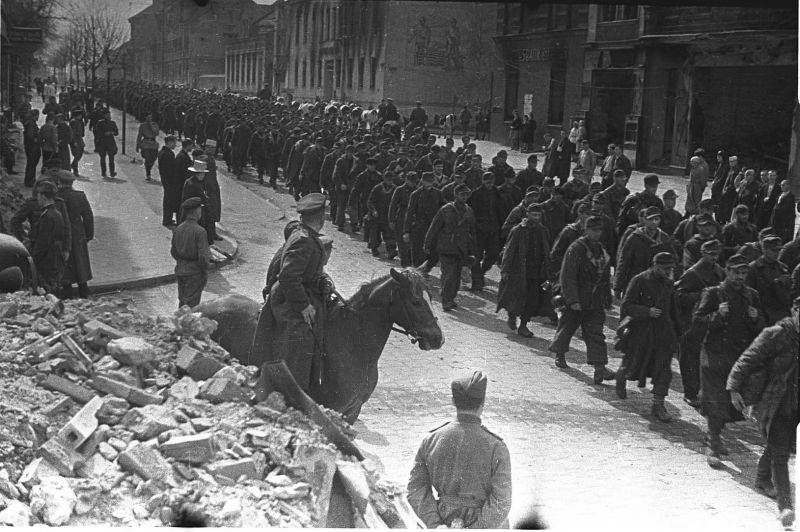
The destruction of the Halesberg group
Soviet troops bypassed Koenigsberg from the south and north, besieged the capital of East Prussia, occupied a significant part of the Zemland Peninsula and most of East Prussia. The main defensive lines of the enemy, except for Königsberg and the Heilsberg fortified area, fell. The East Prussian group (Army Group North) lost its land connection with the Reich and was divided into three isolated groups: Heilsberg, Konigsberg and Zemland. The Germans had large forces: 32 divisions (including 2 tank and 3 motorized), 2 groups and 1 brigade. Several German divisions continued to defend on the Zemland Peninsula - troops of the 3rd Panzer Army (its command was taken to Pomerania). Five divisions plus a city garrison were blocked in the Königsberg area. The strongest group - 23 divisions, 2 groups and 1 brigade (4th Army), was pressed against the Baltic coast southwest of Koenigsberg, in the Brownsberg area - Heilsberg. The German command hoped to detain the enemy for a long time in the Königsberg area, which was considered an impregnable fortress, to forge large forces of the Russian army here. Isolated groups were going to unite, then restore the land corridor with Pomerania.
The command of the 3rd BF planned by converging strikes of the 5th Guards Tank Army of Volsky from the west and the 5th Army of Krylov to cut off the Heilsberg group from the sea, and other armies were to separate it and destroy it in parts. The main role was to be played by the tank army - to cut off the Nazis from the Frishes-Huff Bay and prevent them from escaping to the Frisch-Nerung Spit. An important role in the operation played aviation: 1st and 3rd air armies, Baltic Fleet aviation.
However, it was not possible to implement this plan in February 1945. The Germans relied on the most powerful fortified area (after Königsberg), where there were over 900 reinforced concrete fire structures, as well as many bunkers, barriers. The troops had a large number of artillery and armored vehicles. A significant number of troops in a relatively small area allowed the German command to consolidate battle formations, to allocate strong reserves. The Nazis fought stubbornly, constantly counterattacking, maneuvering reserves, quickly closing dangerous sections, did not allow themselves to get around and surround, and if necessary retreated to the rear and reserve defense lines. If necessary, the Germans destroyed numerous hydraulic structures (canals, dams, pumps, etc.), flooding some areas and obstructing the enemy’s movement. Soviet troops were weary and bloodless of previous heavy battles, there were few replenishment (they went to the Berlin direction), the rear was behind. In addition, winter returned in early February: frost and snow, and in the middle of the month the thaw again. Snowstorms alternated with rains, dirt roads became almost impassable, and airdromes without concrete cover could not be used. As a result, the rate of movement of troops fell to 1,5–2 km per day. By February 21, the German bridgehead could be halved, along the front, to 50 km and in depth to 15-25 km. But the Nazis still fiercely resisted.
The troops of the 1st PF also could not immediately succeed, fighting in two directions: the Zemland Peninsula and Königsberg. Baghramyan’s front did not have enough tank formations and ammunition. On February 19, 1945, the Nazis struck in the Königsberg area: from the capital of East Prussia itself and from the Zemland Peninsula. After three days of stubborn battles, the Germans pressed our troops and created a corridor between Königsberg and Zemland. The two German groups joined forces, which allowed Koenigsberg to hold out until early April.
The Soviet high command decided to combine the forces of two fronts: the 1st PF and the 3rd BF. Unified guidance and thorough preparation of the operation were necessary. The 1st PF was reorganized into the Zemland group subordinate to the 3rd BF. Baghramyan was appointed deputy commander and commander of the Zemland Group of Forces. Until March 12, 1945, Soviet troops were preparing for a new offensive. The operation was carefully prepared, the front was replenished with manpower and material and technical part. Vasilevsky temporarily suspended the offensive in the Zemland direction and concentrated his efforts on the destruction of the Heilsberg group.
March 13, our troops again went forward. The enemy inflicted two powerful blows from the east and south-east in a general direction to Heiligenboyle. This time the offensive was successful. By March 19, the enemy bridgehead was reduced to 30 km along the front and 7-10 km in depth. Soviet artillery completely shot through enemy positions. A large role in the elimination of the enemy group was played by aviation, which bombed the Germans day and night. The situation was hopeless. On March 20, the German command decided to evacuate troops to the Pillau area. However, the Germans did not have enough transports to take out the 4th Army. The soldiers had to bury themselves in the ground and fight. Soviet troops reached Frishes Huff Bay in several sections, breaking up the group into parts. By March 26, the Germans continued to hold only a small bridgehead on the Balga Peninsula. Three days later, the remnants of the Heilsberg group were liquidated. About 140 thousand Germans were killed or captured. Only a small part of the German group (about 5 thousand people) made their way to the Frisch-Nehrung spit and to Pillau.
After the liquidation of the Heilsberg group, the Soviet Headquarters abolished the management and headquarters of the Zemland group of forces, which became part of the 3rd BF. Now Vasilevsky’s troops had to complete the East Prussian operation and take Koenigsberg, then cleanse the Zemland Peninsula from the enemy and occupy Pillau.
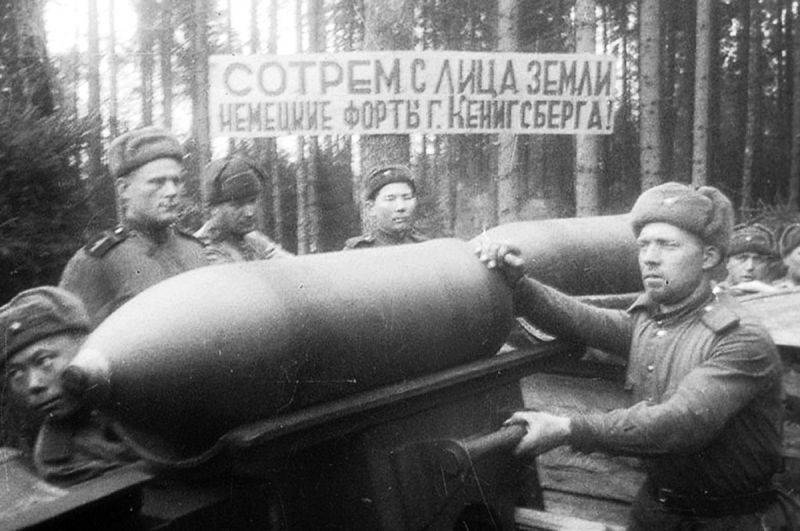
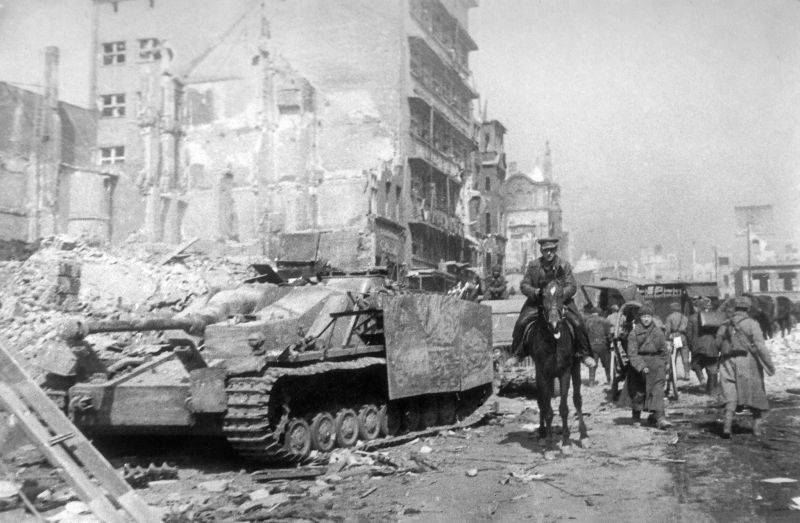
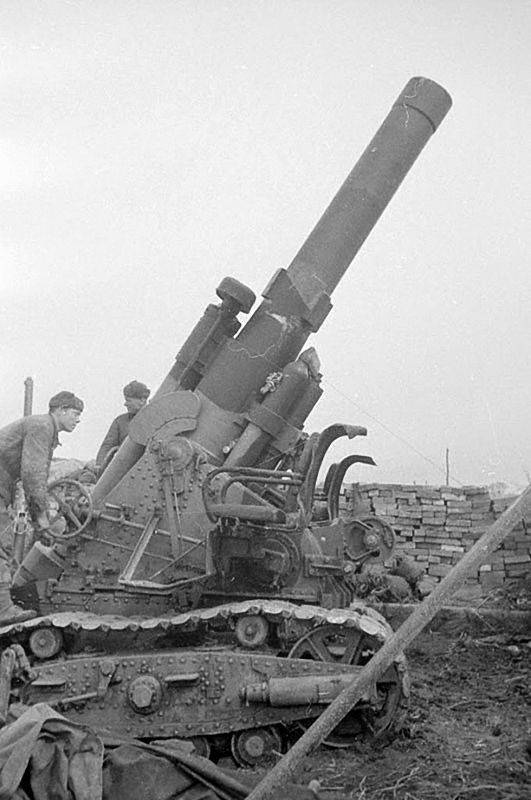
Konigsberg operation. Forces of the parties
The 39th, 43rd, 50th and 11th Guards armies, 1st and 3rd air armies, formations of the 18th long-range army, aviation took part in the assault on the fortress fleet, two bombing aircraft corps RVGK. In total, over 185 thousand people (the city itself was stormed, according to various sources, 100–130 thousand people), over 5 thousand guns and mortars, over 500 tanks and self-propelled guns, 2500 aircraft. At the same time, over 45% of the artillery systems were heavy guns, guns of large and special power to destroy German fortifications. To solve the same problem, about 45% of combat aircraft were bombers.
The front command decided to strike at the capital of East Prussia from the north (the 43rd and 50th armies of Beloborodov and Ozerov) and from the south (the 11th Guards Army of Galitsky). Ludnikov’s 39th Army was located northwest of Koenigsberg and was supposed to go to the coast of the Frisher Huff Bay, cutting off the Konigsberg garrison from the Zemland group. In addition, the offensive of the 39th Army prevented the Konigsberg garrison from moving towards Pillau.
The Germans had large forces in the area. At the beginning of April 1945, our troops were confronted by the Zemland task force under the command of the 4th Army commander, General Müller, which included the Konigsberg garrison. The Zemland group consisted of 4 corps (9th, 26th army corps, the remnants of the 4th army — 55th and 6th corps), the Konigsberg garrison, and several separate units. Only 11 divisions, 1 brigade, separate infantry and special regiments, special and militia battalions. The German command also tried to restore several divisions from the defeated 4th Field Army. According to Soviet intelligence, German troops as a whole numbered about 200-250 thousand people.
The capital of eastern Prussia itself was defended by four full-blooded infantry divisions (548th, 561st, 367th and 69th infantry divisions, headquarters of the 61st infantry division, combat division of the Mikosh type, police combat group Schubert) , several separate infantry regiments, a number of security, serf units and militia battalions. In total, the Konigsberg garrison numbered about 130 thousand people, about 4 thousand guns and mortars, more than 100 tanks and self-propelled guns. From the air, the garrison of the city was supported by an aviation group, which was based on the Zemland Peninsula (170 vehicles). The commandant of the city and the Königsberg fortress was General Otto von Lyash.
The Germans relied on a powerful system of fortifications. They equipped three defensive lines around the city, which were saturated with long-range firing points, external and internal forts, shelters, anti-tank and anti-personnel obstacles, which were supplemented by field positions. The German command believed that after heavy fighting in the Heilsberg area, the Russians would take a break. That there is time for the restoration of the 4th Army and the strengthening of the defense of Zemland and Königsberg. The Hitlerites even planned to launch a counterattack in the future with the aim of expanding the bridgehead in the region of the coast and the capital of East Prussia. In addition, the Germans made a mistake in choosing the direction of the main blow of the Russians. It was believed that at first the Russians would strike in the Zemland direction and only then would they storm the completely cut off Koenigsberg. As a result, part of the troops from the city was withdrawn to the peninsula (including the 5th Panzer Division) and weakened the garrison.
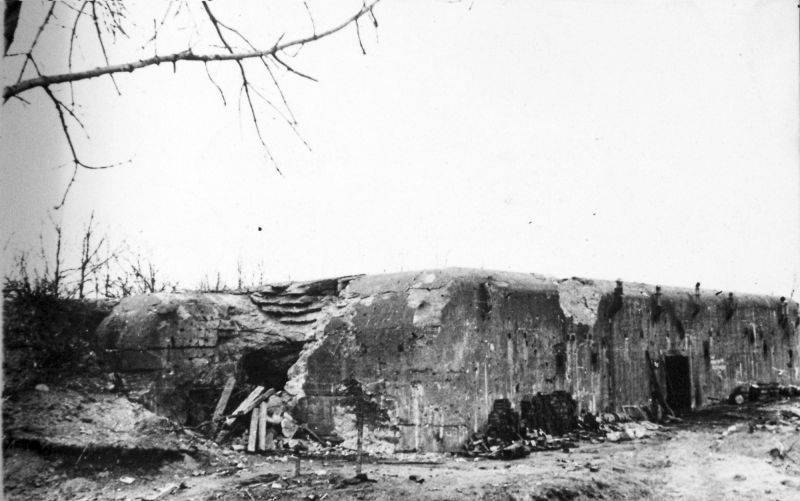
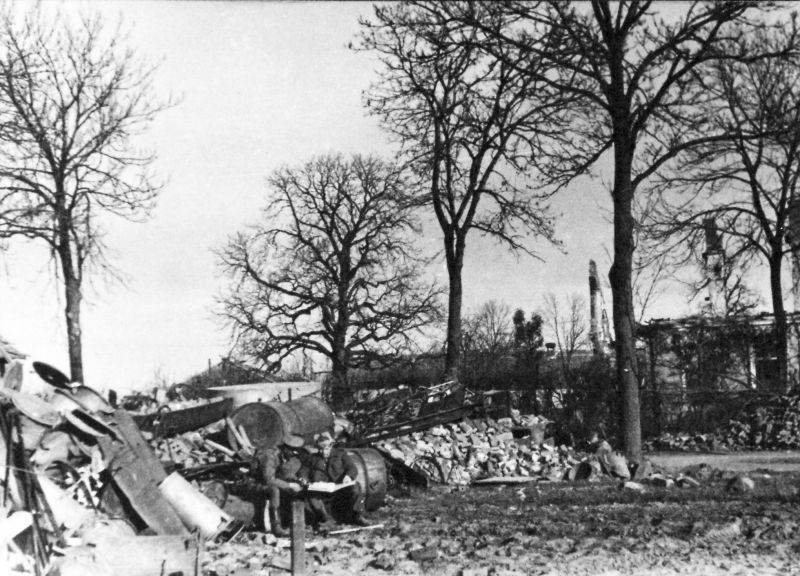
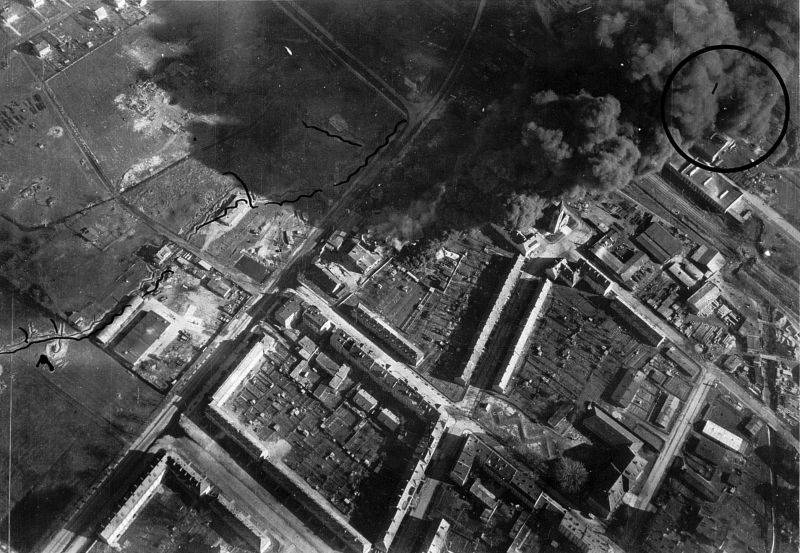
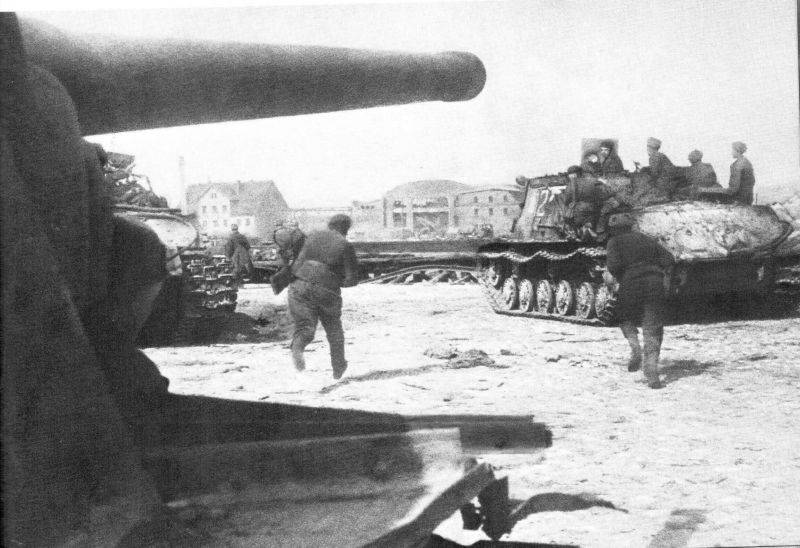
Assault
A few days before the decisive assault on the capital of East Prussia, Soviet artillery began to systematically destroy the enemy’s fortifications and positions. Weather conditions did not allow the full use of aviation, so preliminary fire training was less effective than expected. April 6 at 12 o'clock the assault on the fortress city began. Already on the first day of the operation, units of the 39th Army intercepted the Königsberg-Pillau railway. The connection of the Konigsberg garrison with the Zemland group was interrupted. At the same time, the troops of other Soviet armies occupied 15 settlements near the city, broke into Koenigsberg itself and liberated more than 100 quarters. In the division and regiments, assault groups were formed that took house after house, street after street, quarter after quarter.
On April 7–8, the weather improved significantly. Soviet aviation was actively involved in the destruction of enemy fortifications. On April 7, our planes made over 4700 sorties, and on the 8th, over 6 thousand. The attacks of our bombers significantly reduced the combat potential of the enemy. By the end of April 8, Soviet soldiers occupied the port and railway junction, a number of important military and industrial facilities. The blockade of the city from the Zemland direction was strengthened. The Germans were offered to lay down weaponbut they refused. On the morning of April 9, Soviet troops repulsed attempts by a part of the German garrison to break through towards the Zemland Peninsula. The German Zemland group threw its reserve (5th Panzer Division) into battle to punch the way to the city. However, this attack was repelled. Meanwhile, our artillery and aviation (about 1,5 aircraft) delivered powerful blows to the remaining enemy positions. Then parts of the 11th Guards Army defeated the Nazis in the city center. By 21 o’clock the remains of the German garrison laid down their arms. The last centers of resistance were suppressed on April 10th.
During the battle for Koenigsberg, the Germans lost more than 40 thousand people killed, about 90 thousand people were captured. The Konigsberg group was destroyed. The hopes of the German high command for an “impregnable” fortress were destroyed. Soviet soldiers took the second most important center of the Reich. The ancient Slavic-Russian lands of Prussia-Porussia returned to the Russians (Rus).
Read more about the Koenigsberg operation in the articles: Koenigsberg operation; Destruction of the Heilsberg Group (4 Army); Sturm Konigsberg. Breakthrough German Defense; The second day of the storming of Königsberg. Root change in battle; Konigsberg Fall; The defeat of the group "Zemland". Storm Pillau.
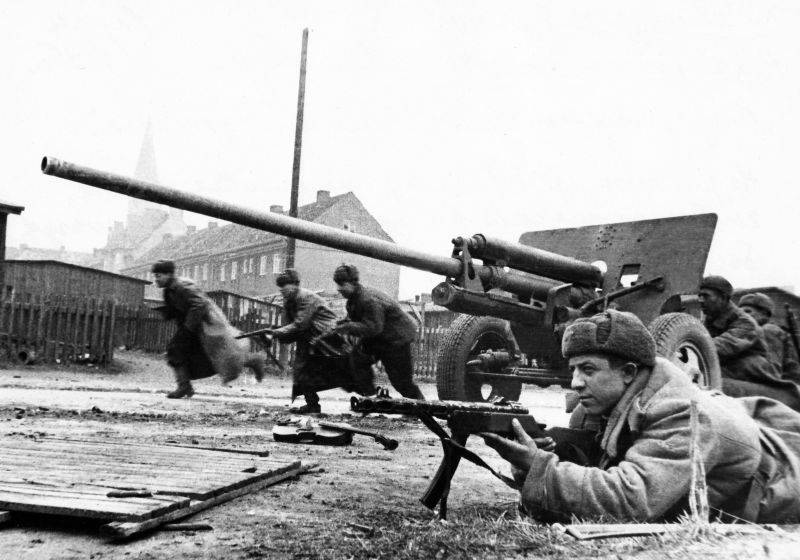
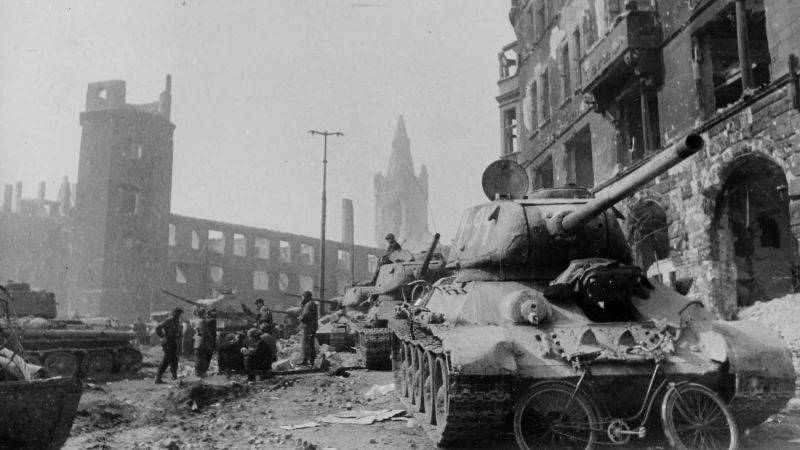
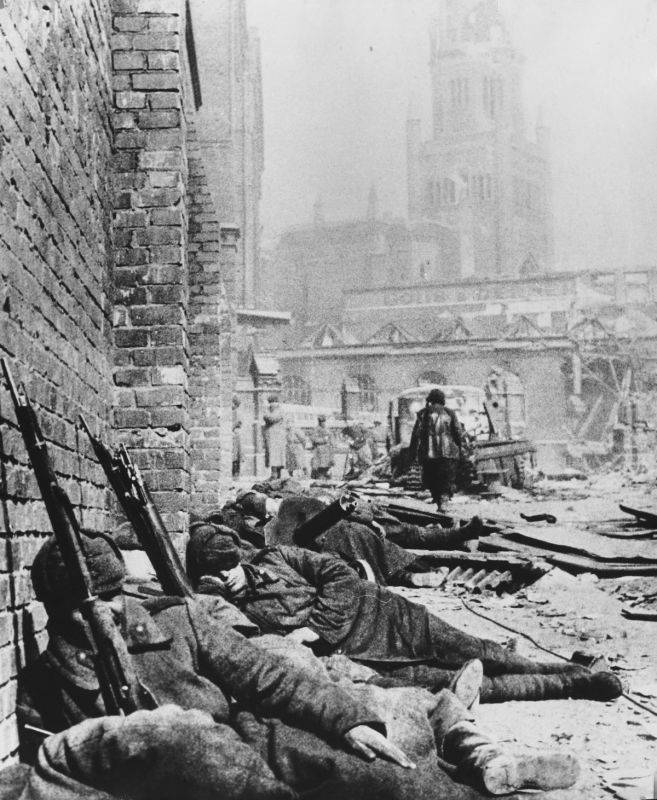
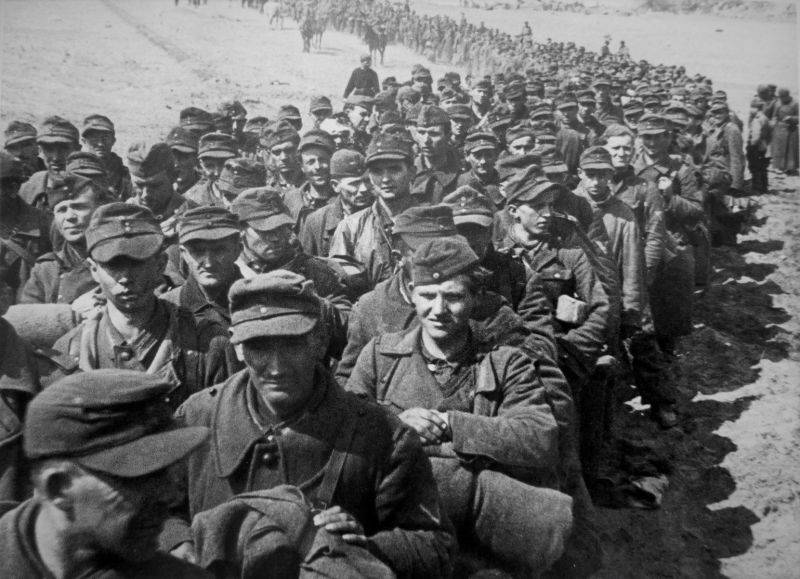
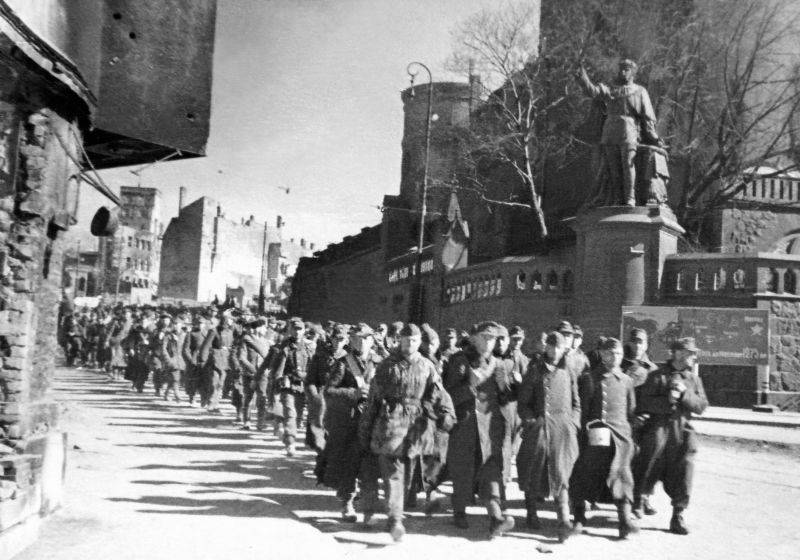
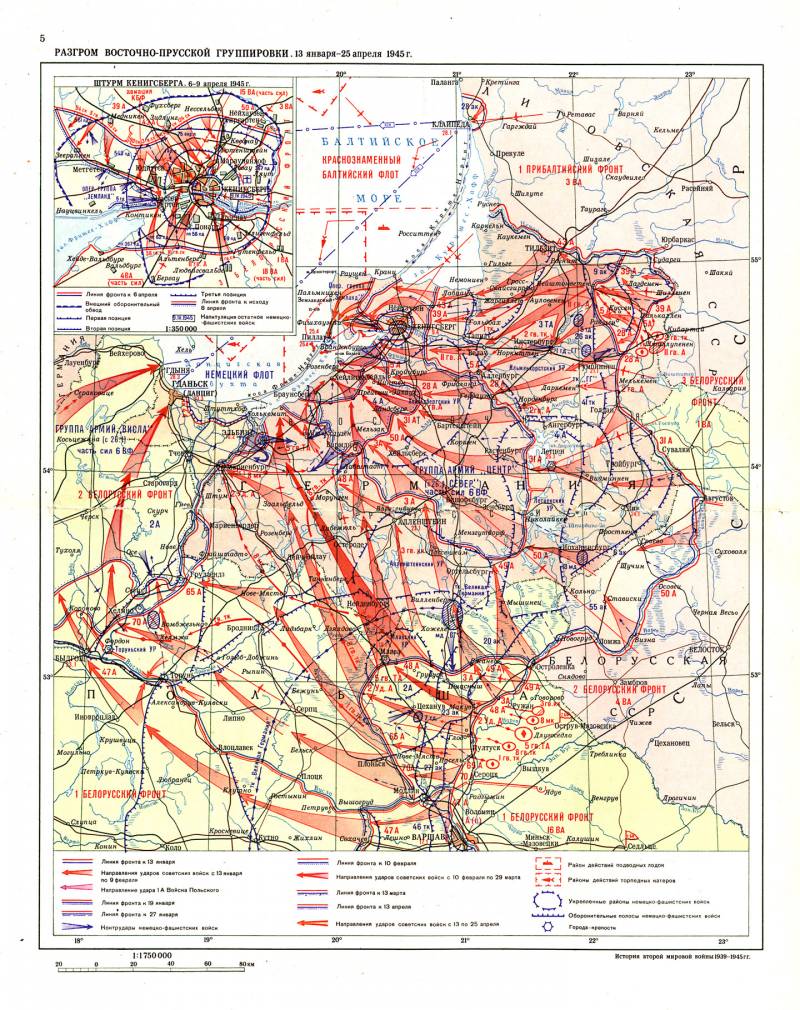
Information